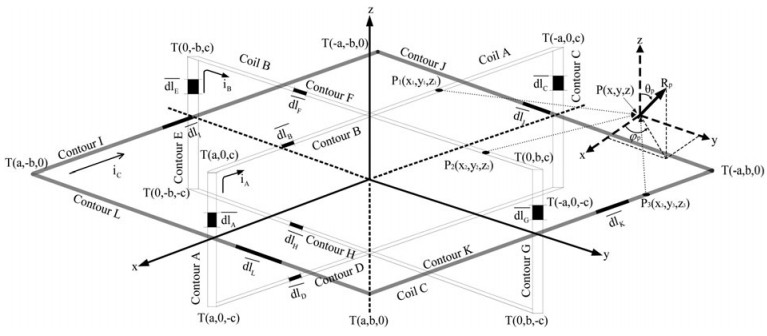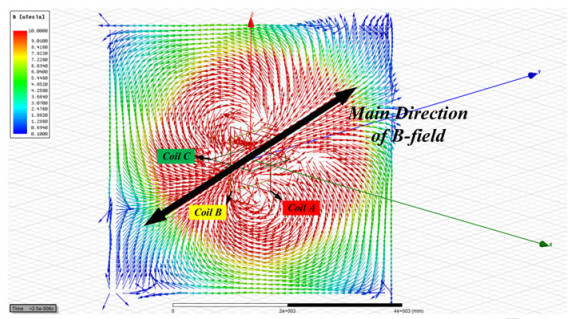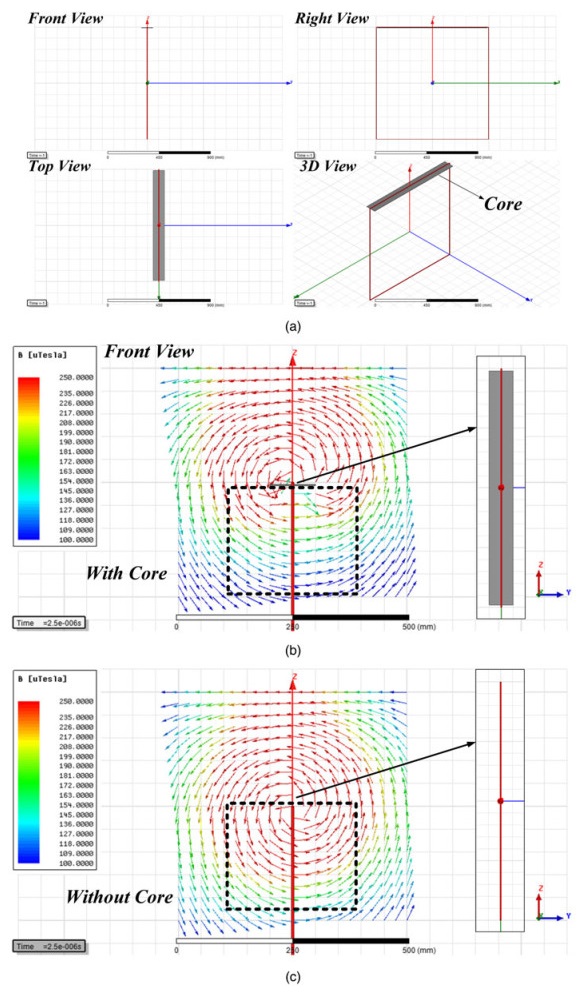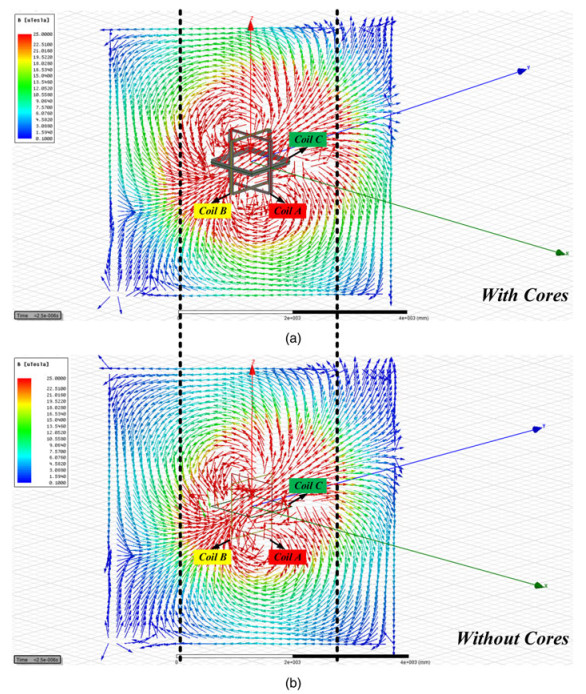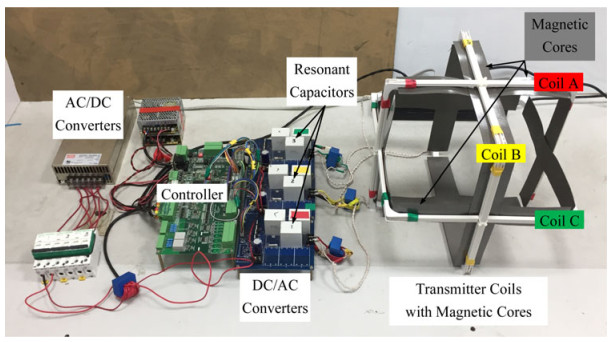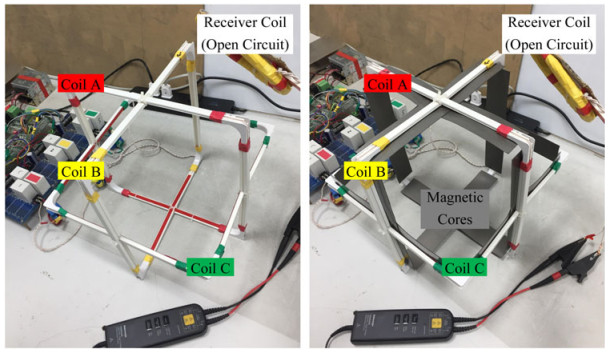A 3D wireless charging cube with externally enhanced magnetic field for extended range of wireless power transfer
-
1.
School of Automation, Central South University, Changsha, China
-
2.
Hunan Provincial Key Laboratory of Power Electronics Equipment and Grid, Changsha, China
-
3.
Department of Electrical and Computer Engineering, the University of Auckland, Auckland, New Zealand
More Information
-
Author Bio:
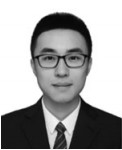 Qi Zhu
Qi Zhu was born in Anhui Province, China, in 1993. He received the B.S. degree in electrical engineering and automation from Central South University, Changsha, China, in 2014, where he is currently working toward the Ph.D. degree in electrical engineering. From December 2017 till now, he is a joint Ph.D. student funded by China Scholarship Council at the University of Auckland, Auckland, New Zealand. His research interests include wireless power transfer and matrix converter.
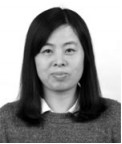 Hua Han
Hua Han was born in Hunan, China, in 1970. She received the M.S. and Ph.D. degrees from the School of Information Science and Engineering, Central South University, Changsha, China, in 1998 and 2008, respectively. She was a Visiting Scholar at the University of Central Florida, Orlando, FL, USA, from 2011 to 2012. She is currently a Professor with the School of Information Science and Engineering, Central South University. Her research interests include microgrid, renewable energy power generation system, and power electronic equipment.
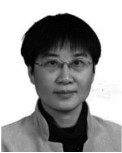 Mei Su
Mei Su was born in Hunan, China, in 1967. She received the B.S. degree in Automation, in 1989, M.S. and Ph.D. degrees in electric engineering, in 1992 and 2005, respectively, all from the School of Information Science and Engineering, Central South University. Since 2006, she has been a Professor with the School of Information Science and Engineering, Central South University. Her research interests include matrix converter, adjustable speed drives, and wind energy conversion system.
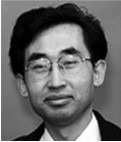 Aiguo Patrick Hu
Aiguo Patrick Hu graduated from Xian Jiaotong University, China, with B.E. and M.E. degrees in Electrical Engineering in 1985 and 1988, respectively. He received his Ph.D. from the University of Auckland in 2001 in Electrical and Electronic Engineering, and visited National University of Singapore (NUS) for a semester as an exchange postdoc research fellow. He has published 260 peer-reviewed journal and conference papers with about 4500 citations, authored the first monograph on inductive power transfer technology, and contributed four book chapters on wireless power transfer modeling and control, as well as electrical machines. He has been awarded the University of Auckland VC's Funded Research and Commercialization Medal in April 2017. Patrick is now a full professor in the Department of Electrical and Electronic Engineering, the University of Auckland, and his research interests include wireless/contactless power transfer systems, and application of power electronics in renewable energy systems
-
Corresponding author:
Qi Zhu Email: csu_zhuqi@163.com
-
Abstract
More mobile devices such as mobile phones and robots are wirelessly charged for convenience, simplicity, and safety, and it would be desirable to achieve three-dimensional (3D) wireless charging with high spatial freedom and long range. This paper proposes a 3D wireless charging cube with three orthogonal coils and supporting magnetic cores to enhance the magnetic flux outside the cube. The proposed system is simulated by Ansoft Maxwell and implemented by a downsized prototype. Both simulation and experimental results show that the magnetic cores can strengthen the magnitude of B-field outside the cube. The final prototype demonstrates that the power transfer distance outside the cube for getting the same induced electromotive force in the receiver coil is extended approximately by 50 mm using magnetic cores with a permeability of 2800. It is found that the magnitude of B-field outside the cube can be increased by increasing the width and the permeability of the magnetic cores. The measured results show that when the permeability of the magnetic cores is fixed, the induced electromotive force in the receiver coil at a point 300 mm away from the center of the cube is increased by about 2V when the width of the magnetic cores is increased from 50 to 100 mm. The increase in the induced electromotive force at an extended point implies a greater potential of wireless power transfer capability to the power pickup.
-
About this article
Cite this article
Zhu Q, Han H, Su M, Hu A P. 2019. A 3D wireless charging cube with externally enhanced magnetic field for extended range of wireless power transfer. Wireless Power Transfer 6(1): 67-76 doi: 10.1017/wpt.2019.4
|
Zhu Q, Han H, Su M, Hu A P. 2019. A 3D wireless charging cube with externally enhanced magnetic field for extended range of wireless power transfer. Wireless Power Transfer 6(1): 67-76 doi: 10.1017/wpt.2019.4
|









 Qi Zhu was born in Anhui Province, China, in 1993. He received the B.S. degree in electrical engineering and automation from Central South University, Changsha, China, in 2014, where he is currently working toward the Ph.D. degree in electrical engineering. From December 2017 till now, he is a joint Ph.D. student funded by China Scholarship Council at the University of Auckland, Auckland, New Zealand. His research interests include wireless power transfer and matrix converter.
Qi Zhu was born in Anhui Province, China, in 1993. He received the B.S. degree in electrical engineering and automation from Central South University, Changsha, China, in 2014, where he is currently working toward the Ph.D. degree in electrical engineering. From December 2017 till now, he is a joint Ph.D. student funded by China Scholarship Council at the University of Auckland, Auckland, New Zealand. His research interests include wireless power transfer and matrix converter.  Hua Han was born in Hunan, China, in 1970. She received the M.S. and Ph.D. degrees from the School of Information Science and Engineering, Central South University, Changsha, China, in 1998 and 2008, respectively. She was a Visiting Scholar at the University of Central Florida, Orlando, FL, USA, from 2011 to 2012. She is currently a Professor with the School of Information Science and Engineering, Central South University. Her research interests include microgrid, renewable energy power generation system, and power electronic equipment.
Hua Han was born in Hunan, China, in 1970. She received the M.S. and Ph.D. degrees from the School of Information Science and Engineering, Central South University, Changsha, China, in 1998 and 2008, respectively. She was a Visiting Scholar at the University of Central Florida, Orlando, FL, USA, from 2011 to 2012. She is currently a Professor with the School of Information Science and Engineering, Central South University. Her research interests include microgrid, renewable energy power generation system, and power electronic equipment.  Mei Su was born in Hunan, China, in 1967. She received the B.S. degree in Automation, in 1989, M.S. and Ph.D. degrees in electric engineering, in 1992 and 2005, respectively, all from the School of Information Science and Engineering, Central South University. Since 2006, she has been a Professor with the School of Information Science and Engineering, Central South University. Her research interests include matrix converter, adjustable speed drives, and wind energy conversion system.
Mei Su was born in Hunan, China, in 1967. She received the B.S. degree in Automation, in 1989, M.S. and Ph.D. degrees in electric engineering, in 1992 and 2005, respectively, all from the School of Information Science and Engineering, Central South University. Since 2006, she has been a Professor with the School of Information Science and Engineering, Central South University. Her research interests include matrix converter, adjustable speed drives, and wind energy conversion system.  Aiguo Patrick Hu graduated from Xian Jiaotong University, China, with B.E. and M.E. degrees in Electrical Engineering in 1985 and 1988, respectively. He received his Ph.D. from the University of Auckland in 2001 in Electrical and Electronic Engineering, and visited National University of Singapore (NUS) for a semester as an exchange postdoc research fellow. He has published 260 peer-reviewed journal and conference papers with about 4500 citations, authored the first monograph on inductive power transfer technology, and contributed four book chapters on wireless power transfer modeling and control, as well as electrical machines. He has been awarded the University of Auckland VC's Funded Research and Commercialization Medal in April 2017. Patrick is now a full professor in the Department of Electrical and Electronic Engineering, the University of Auckland, and his research interests include wireless/contactless power transfer systems, and application of power electronics in renewable energy systems
Aiguo Patrick Hu graduated from Xian Jiaotong University, China, with B.E. and M.E. degrees in Electrical Engineering in 1985 and 1988, respectively. He received his Ph.D. from the University of Auckland in 2001 in Electrical and Electronic Engineering, and visited National University of Singapore (NUS) for a semester as an exchange postdoc research fellow. He has published 260 peer-reviewed journal and conference papers with about 4500 citations, authored the first monograph on inductive power transfer technology, and contributed four book chapters on wireless power transfer modeling and control, as well as electrical machines. He has been awarded the University of Auckland VC's Funded Research and Commercialization Medal in April 2017. Patrick is now a full professor in the Department of Electrical and Electronic Engineering, the University of Auckland, and his research interests include wireless/contactless power transfer systems, and application of power electronics in renewable energy systems 



